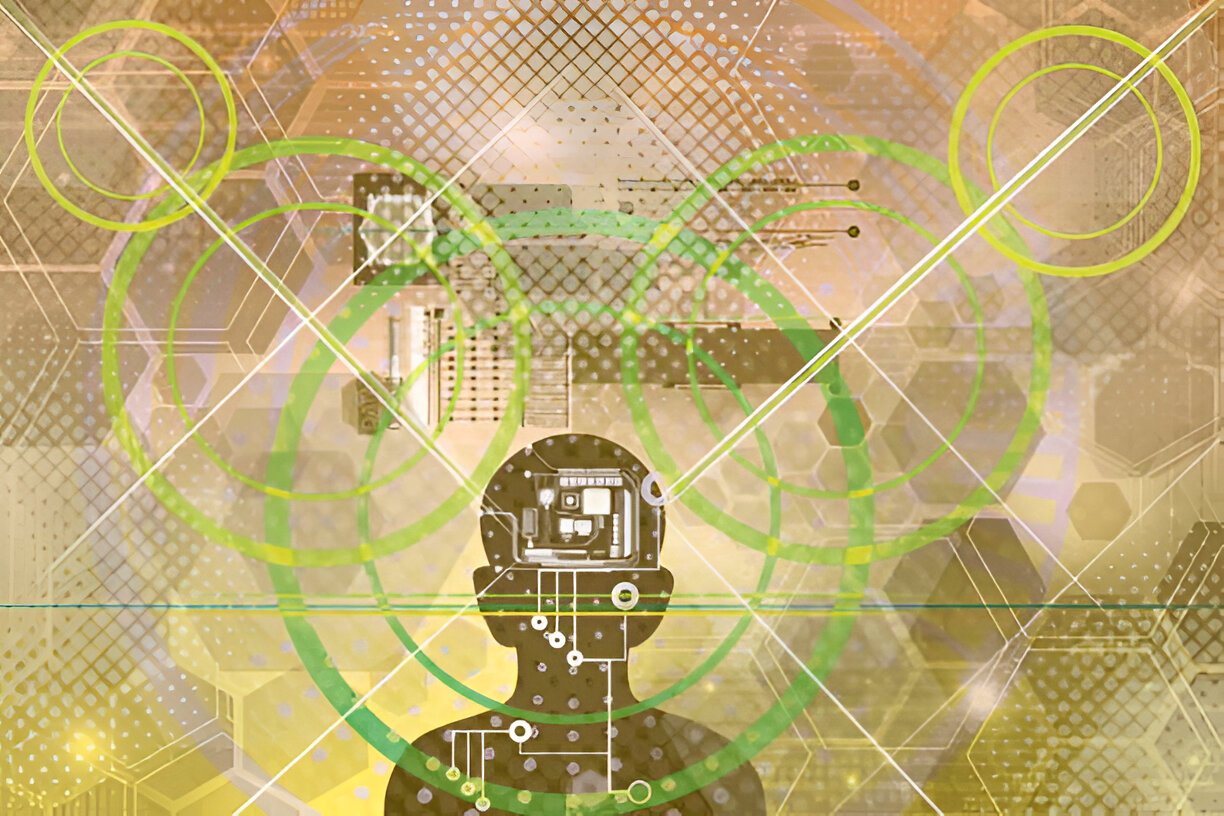As someone deeply immersed in finance and accounting, I often think about how we process complex data. Numbers, trends, and financial statements demand sharp cognitive skills. But have you ever wondered how our brains actually handle information? Human-information processing (HIP) is the backbone of decision-making, whether in personal finance, investing, or everyday life. In this guide, I break down the mechanics of HIP, explore its limitations, and show how understanding it can improve financial decisions.
Table of Contents
What Is Human-Information Processing?
Human-information processing refers to how we perceive, interpret, store, and retrieve information. Our brains don’t work like computers—they rely on heuristics, biases, and cognitive shortcuts. While a spreadsheet calculates x + y = z flawlessly, our minds juggle emotions, past experiences, and environmental cues.
The Stages of Information Processing
- Perception – We gather raw data through senses.
- Encoding – We convert this data into meaningful patterns.
- Storage – We retain information in short-term or long-term memory.
- Retrieval – We recall stored data when needed.
Each stage has bottlenecks. For example, George Miller’s 1956 study found that short-term memory holds only 7 \pm 2 items at once. This explains why remembering a 10-digit phone number feels harder than a 7-digit one.
Cognitive Load and Decision Fatigue
Our brains have limited processing power. Cognitive load theory (Sweller, 1988) suggests that excessive information overwhelms us. In finance, this manifests when analyzing too many stock metrics at once.
Example: Evaluating Stocks
Suppose I compare three stocks:
| Stock | P/E Ratio | Dividend Yield | Debt-to-Equity |
|---|---|---|---|
| A | 15 | 2.5% | 0.8 |
| B | 22 | 1.8% | 1.2 |
| C | 18 | 3.0% | 0.5 |
If I focus on all metrics, cognitive load increases. Instead, I might prioritize P/E and yield, simplifying the decision.
Biases in Information Processing
We rely on mental shortcuts (heuristics) to speed up decisions. While useful, they introduce biases:
- Anchoring – Over-relying on the first piece of information (e.g., an initial stock price).
- Confirmation Bias – Favoring data that supports preexisting beliefs.
- Recency Effect – Weighting recent events more heavily (e.g., last quarter’s earnings).
Example: Anchoring in Salary Negotiations
If an employer offers $80,000 first, I might anchor near that figure even if market rate is $90,000. This shows how initial data skews judgment.
Mathematical Models of Information Processing
Psychologists model HIP using equations. One such model is Hick’s Law, which states that decision time (T) increases with the number of choices (n):
T = b \cdot \log_2(n + 1)Where b is a constant. This explains why too many investment options paralyze decision-making.
Example: Choosing a Retirement Plan
If my 401(k) offers 4 funds, deciding takes less time than if it offers 20. The logarithmic relationship means each added choice compounds difficulty.
Improving Information Processing
1. Chunking
Breaking data into manageable units (e.g., memorizing a credit card as four 4-digit chunks instead of 16 digits).
2. Visual Aids
Graphs and tables reduce cognitive strain. For instance, a pie chart of expenses clarifies faster than raw numbers.
3. Automation
Using tools like Excel for calculations (\text{Net Income} = \text{Revenue} - \text{Expenses}) frees mental resources.
The Role of Emotions
HIP isn’t purely logical. Antonio Damasio’s research shows emotions guide decisions. Fear of loss, for example, might make me sell stocks prematurely during a downturn.
Conclusion
Understanding HIP helps us navigate financial complexity. By recognizing cognitive limits, leveraging models, and mitigating biases, we make better decisions. Whether analyzing spreadsheets or budgeting, our brains work best when we respect their constraints.





